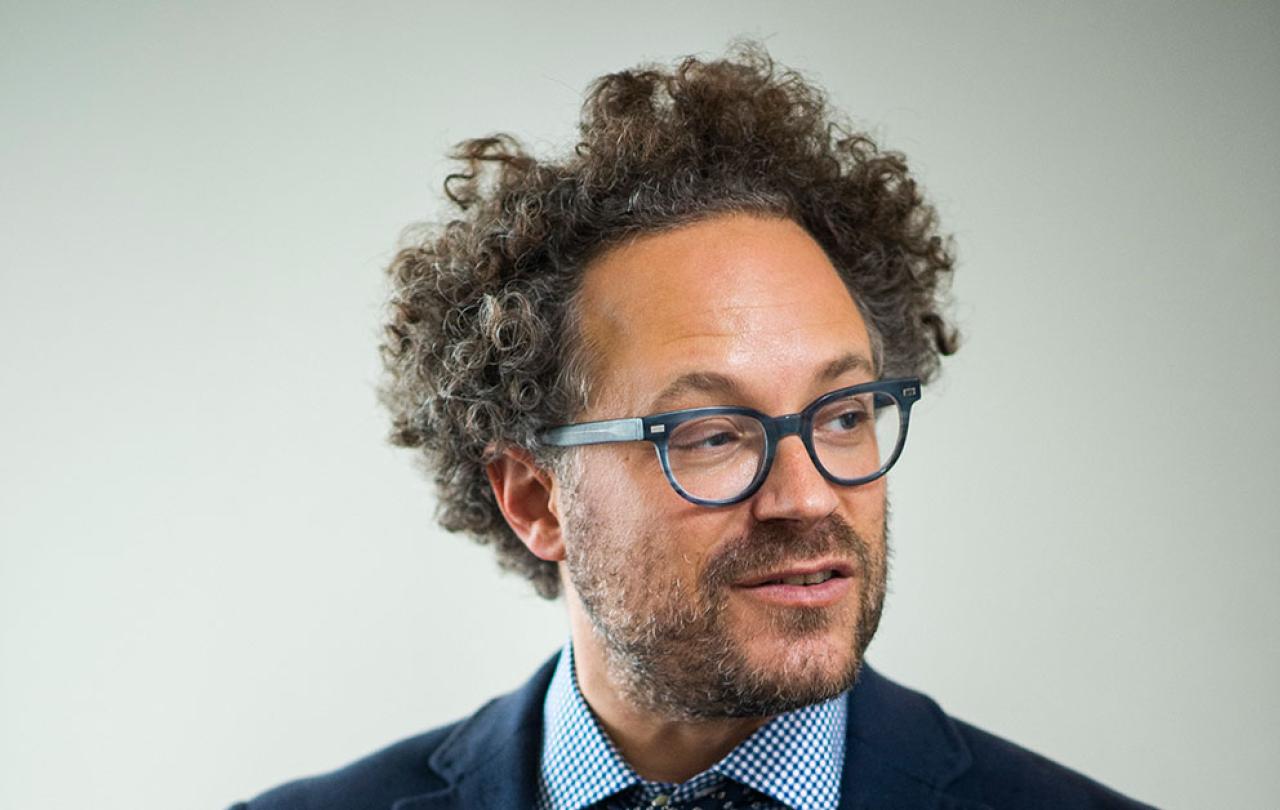
I recently found myself sitting in an Oxford pub, crying with a man I barely know. And I wanted to tell you about it.
How did we, two almost-strangers, find ourselves crying opposite each other?
Well…
Oh, gosh. How do I say this? We were crying because we were talking about Jesus.
We’d both been spending the week at a gathering of academics in Oxford and one sunny afternoon, we, along with the other attendees, had wandered to one of Oxford’s effortlessly enchanting pubs. We ordered a couple of their finest IPAs and found ourselves perched next to each other. I quickly gauged that this guy doesn’t dabble in small talk, so, right there - sat in battered leather armchairs and surrounded by people - we spoke to each other about Jesus. Not in any kind of academic or philosophic manner; we just sort of shared what we think of him, what we feel about him, what we wonder about him.
Ten minutes later, we had demonstrably leaky eyes.
You see, my comrade in tears and I, we’re both Christians. Over the past two-thousand-ish years, that term has come to mean a number of things – it’s become a weighted word. But what I mean when I say that we’re both Christians, is that we love Jesus.
That’s so weird to say, isn’t it? I’m resisting the urge to polish that definition up, to mop up the whimsy and make it more palatable for you. My instinct is to reach for an academic reasoning, a profound way to make what I just said sound less weird. But I’m going to resist. I’m just going to let that seemingly absurd truth blow in the wind.
Can I let you in on something, though? Something a little vulnerable? I love Jesus, but I find him hard to talk to you about. One of two things tends to happen when I try, I get emotional, or I get embarrassed. Neither feels helpful.
Let’s start with the embarrassment, because it’s easier to explain.
We live in the debris of the Enlightenment. We’re materialists, rationalists, all that we see is all that there is-ists. We want certainty, we want prove-ability, we want to stand upon the solid ground of reason. We’ve spent the last century or two valuing cold, hard, facts – not warm, soft, inklings. We’ve repeatedly traded mystery for mastery. And, because of all those things, we’ve ushered in secularism. That’s what we call ourselves, isn’t it? Secular? Those who have outgrown their need of a cosmic saviour, those who have finally burst free of the God delusion.
This story, this event, it teaches me that everything can be mended, including me.
This is my context as much as it is yours, and so, with all of that swirling around me – with secularism acting as the societal stage upon which I stand - my belief in Jesus is odd. I have spent my life feeling deeply unintelligent for believing that Jesus was all that he said he was, I can’t deny that. Secular culture has often had me feeling as though I’ve pulled up a chair, ready and excited to play the game of life, only to find that I hold an old set of instructions. Secularism screams at me, points at me, makes me feel as though I’m wearing an outfit that went out of fashion two seasons ago. And so, much to my shame, I get embarrassed. I play its game, a game I wasn’t designed to play, and I lose.
And then there’s the specificity of Jesus, right?
Even in the corners of culture where secularism is losing its grip and there’s a rising warmth to the transcendent, mystical, unexplainable things – there’s still a guard up when it comes to religion. In many cases, rightly so. People tend to feel more comfortable in the ‘spiritual, not religious’ camp. There’s something self-preserving about allusivity, isn’t there? Saying that I believe in Jesus strips me of that luxury – my association with him means that I’m also associated with two billion other people, and that can be disconcerting. It means I have little control over how I’m perceived by you, nor how I’m represented by them. It also means that my experiential spirituality is housed within a specific story, a framework, a tradition – I don’t get to pick and choose. It’s an all-in kind of thing.
So, every time someone who doesn’t know Jesus wants to talk to me about him – someone like you, perhaps - all of the above does its best to shut me up. It mostly wins and I mostly fail you. If – on occasion – I am able to rip the tape of self-consciousness from my mouth, I get frustratingly emotional. And that reaction is slightly harder to explain.
I don’t interact with Jesus as a metaphor, an archetype, or a symbol. You may think me delusional, but I’ve decided to take him at his word, to live as if he was everything that he said he was – fully God, fully human, the whole she-bang. And I take the same approach to Easter – the festival that celebrates the thing I believe to be the truest – Jesus’ resurrection. His death and subsequent un-death, what T.S. Eliot calls: ‘the still point of the turning world’. What Dr Martin Shaw regards as ‘the most extraordinary act of love, so catastrophic in its beauty, we’re still in shock two thousand years later’.
The realness of it all moves me. It, just as Martin has diagnosed, shocks me. This story, this event, it teaches me that everything can be mended, including me. It brushes against my deepest longings, it silences my loudest fears. And Jesus, the God-Man at the centre of it all? I feel the truth of him in my bones, his love courses through my veins, his friendship makes my eyes sting.
I feel silly saying all of that – knowing how such sentiments have no home in the secular world we’ve built up around ourselves. And so, I feel paralysed by the need to boil it all down to ‘five facts that prove the resurrection happened’. But I just can’t seem to master it.
Instead, I wonder if it’s alright that the truth of the event is found in two near strangers inexplicably crying in a pub. Two near strangers being unspeakably moved by the real-ness, the here-ness of a man who was executed two-thousand years ago. Two near-strangers who – despite it going against their (or, at least, my) self-aware sensibilities - were forced to accept that their tears picked up where their words had left off.
Is that kind of proof acceptable to you? After-all, I’ve never known of someone to weep over a good metaphor, an intelligent myth, or a profound philosophy.
I’m not opposed to placing the claims of Christianity under the microscope, indeed, I do it myself (when you’re not around, obviously). I’m simply opposed to it being the only means by which we can assess its truth. Afterall, I’m never more certain of its truth than when the only thing I have to show for it is an embarrassing display of tears.
Celebrate our 2nd birthday!
Since Spring 2023, our readers have enjoyed over 1,000 articles. All for free.
This is made possible through the generosity of our amazing community of supporters.
If you enjoy Seen & Unseen, would you consider making a gift towards our work?
Do so by joining Behind The Seen. Alongside other benefits, you’ll receive an extra fortnightly email from me sharing my reading and reflections on the ideas that are shaping our times.
Graham Tomlin
Editor-in-Chief





